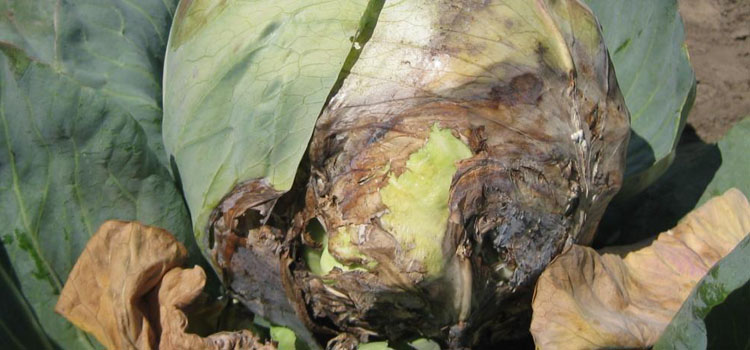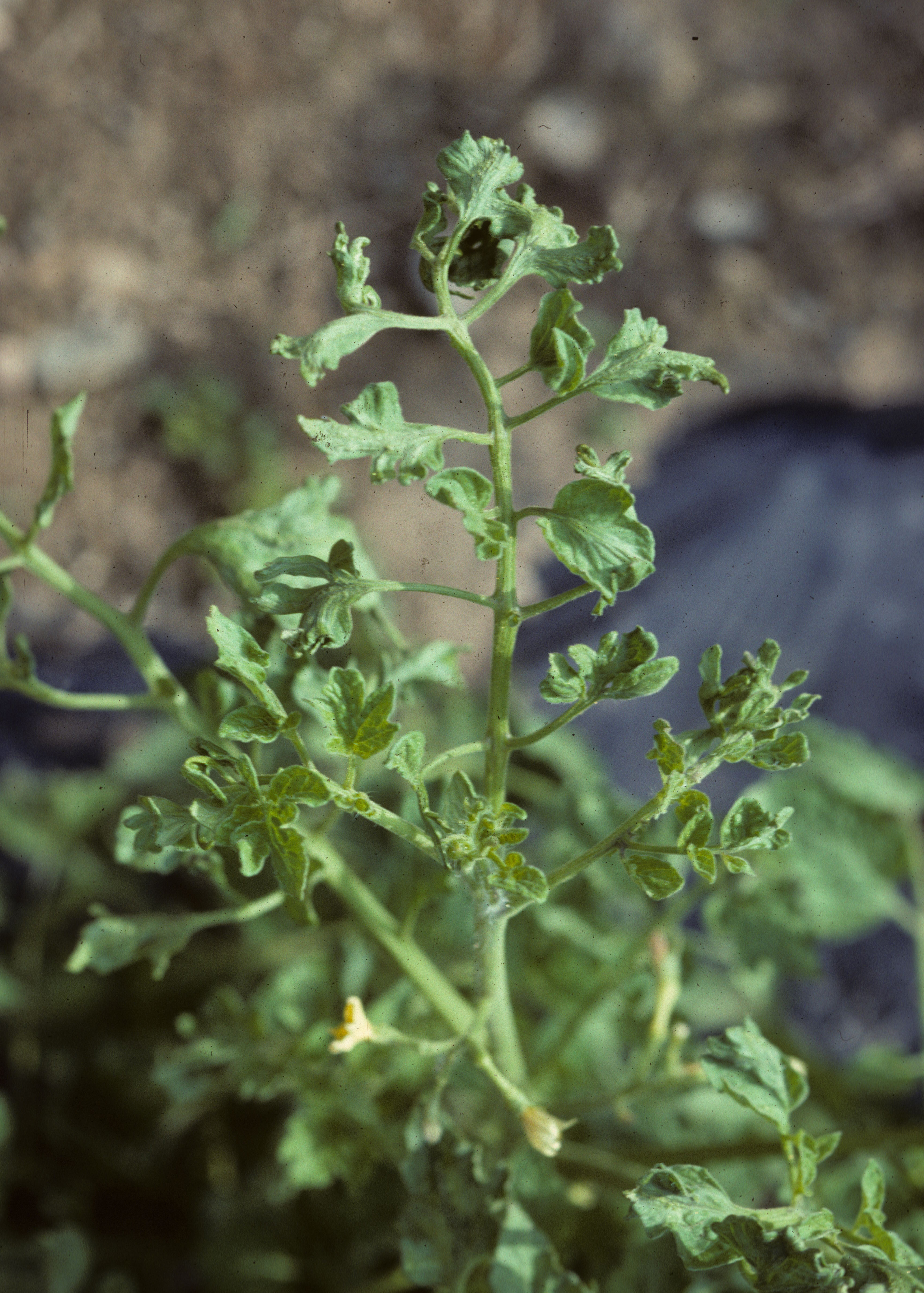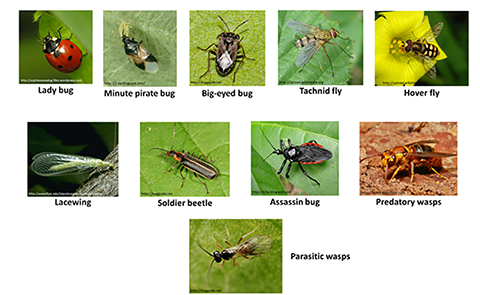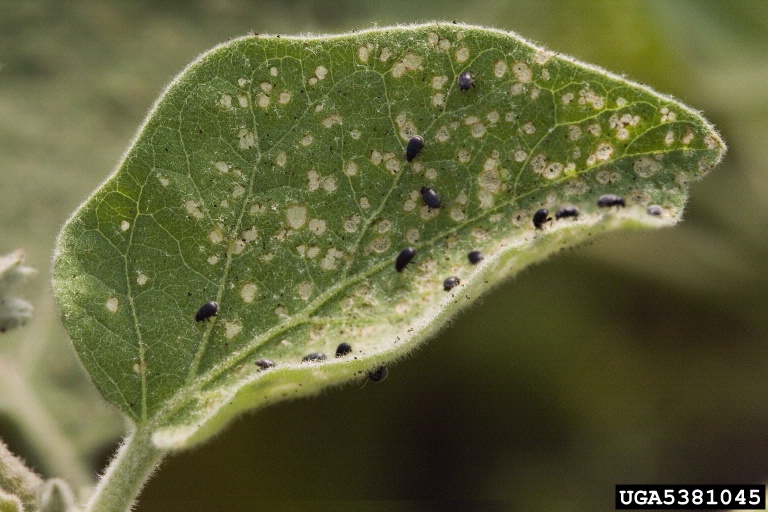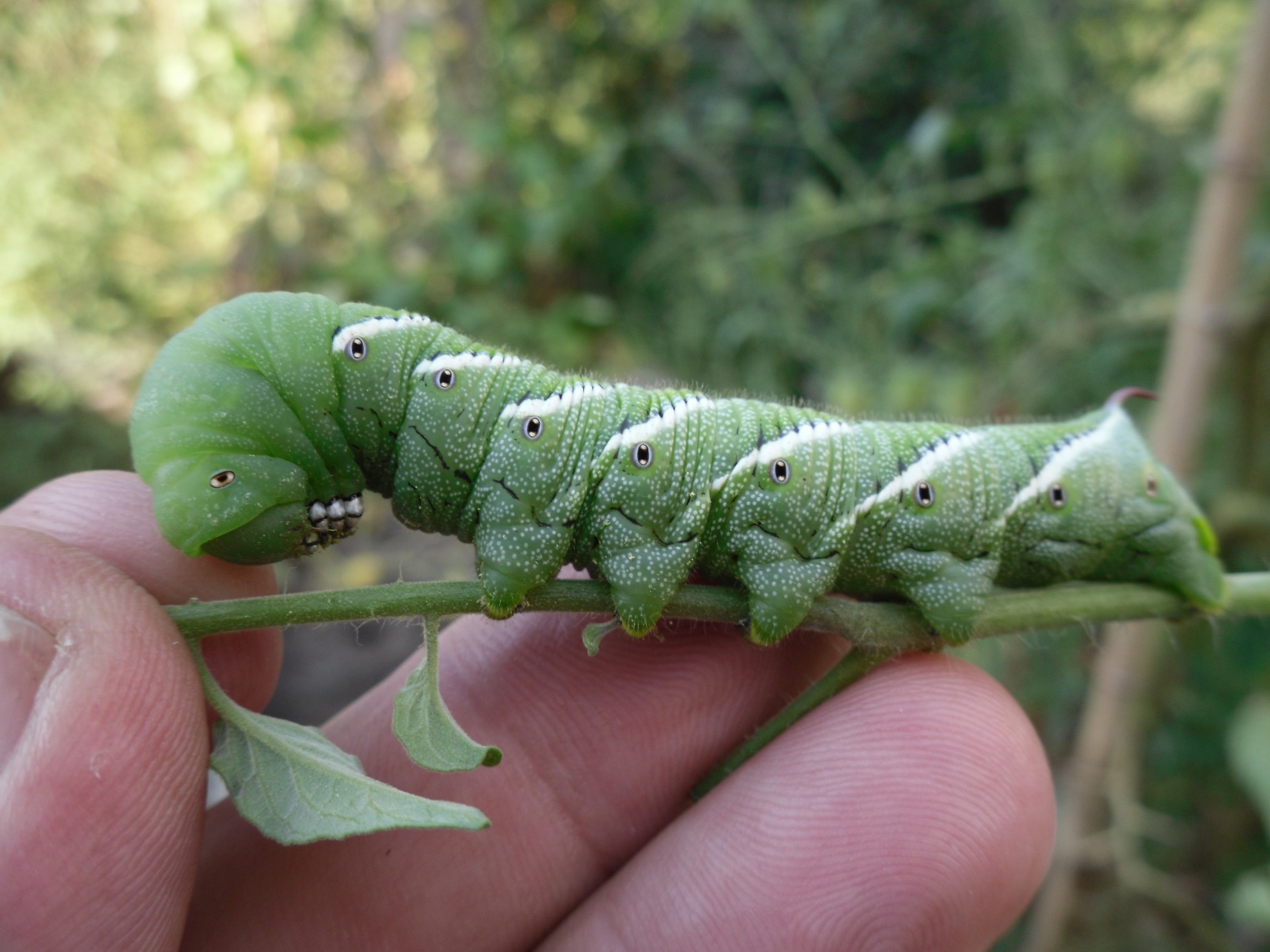Saving Seeds
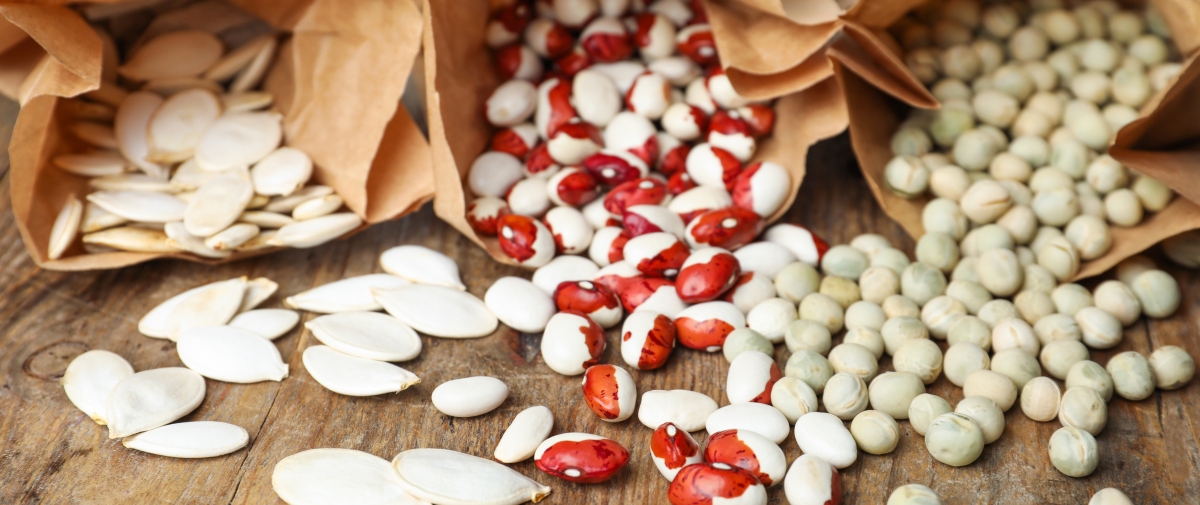
Over the course of the season, you’ll have the opportunity to observe all of the different varieties you selected using the guidance of my post on seed selection. When you plant multiple varieties of the same type of plant, you’ll notice which ones produce well, resist disease, and taste the best. If any of your varieties stand out for any reason, you may be wondering if its possible to save seeds from these plants to grow again next year. The answer is “it depends…”
“Depends on what?” you may ask. Well, remember that there are two types of seeds you could’ve chosen from back in the spring when you were buying them: hybrid (F1) and open pollinated. In that guide on seed selection I mentioned that you could only effectively save seeds from open pollinated varieties. If any of the varieties you want to save seeds from are open pollinated, keep reading, if you only planted hybrids: you’re out of luck. (Don’t remember what you planted? Check the back of the seed packet.)
Annual vs Biannual
Within normal crop species, there are two variations of concern when it comes to seed saving:
Annual: Plants which complete their whole life cycle (seed to seed) in a single year. These are easiest to save seeds from because you don’t need to keep them alive through the winter. Some common annual crops are:
-
-
- Beans
- Tomatoes
- Peppers
- Lettuce
- Spinach
- Broccoli
- Radishes
- Eggplant
- Okra
- Squash
- Cucumbers
- Peas
- Watermelon
-
Biannual: Plants which complete their life cycle in two years, requiring a winter before seed production can begin. Because of this, these plants are more complicated to save seeds from and most people don’t bother and therefore we won’t be covering them in this post. Some common biannual crops are:
-
-
- Cabbage
- Carrots
- Parsnips
- Brussel Sprouts
- Kale
- Swiss Chard
- Beets
- Collards
- Onions
-
When in doubt, a quick google search or look to the back of the seed packet will let you know what a particular plant is.
Steps to Save Seeds
Regardless of the plant species, the general process of collecting and saving the seeds is pretty much the same: extract, process, store.
Extract:
-
-
- When to harvest
- Some plants have seeds which mature around when the crop is usually harvested. In this case simply pull/cut out the seeds before you eat the rest:
- Dry beans/peas
- Peppers
- Tomatoes
- Watermelon
- Sunflowers
- Winter Squash
- Other plants seeds don’t mature at the same time as the crop is normally harvested. Each of these will require its own process to acquire mature seeds, so each crop will be linked to a page specifically for that crop
- Some plants have seeds which mature around when the crop is usually harvested. In this case simply pull/cut out the seeds before you eat the rest:
- When to harvest
-
Process:
-
- For most plants:
- Rinse debris off the seeds in a strainer
- Lay them out in a single layer in a warm dry place out of direct sunlight for about 2 weeks
- Tomato seeds are covered with a gel-like substance which contains enzymes that prevent germination (To prevent them from sprouting inside the fruit). Because of this they require addition steps:
- Remove seeds and gel from the fruit and place in jar
- Add enough water to the jar to suspend the gel/seed mixture
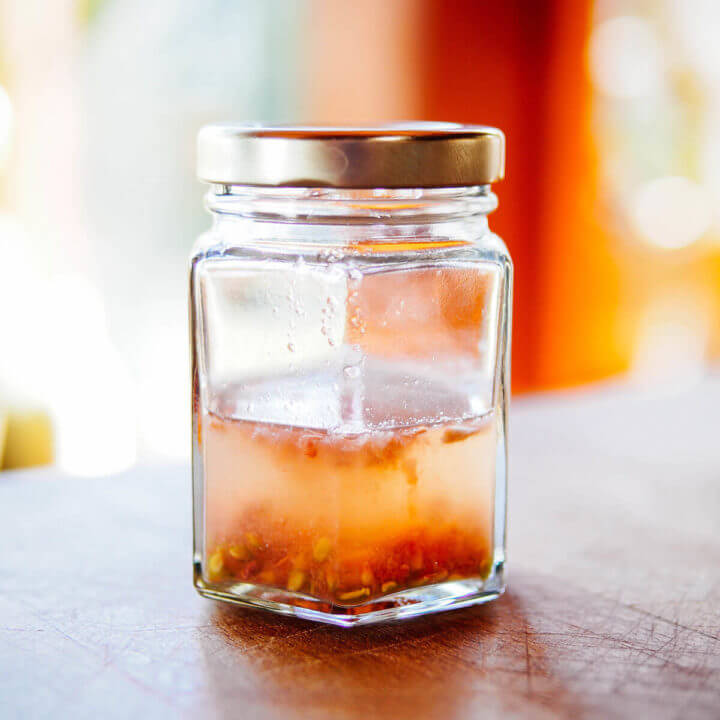
- Image 2
- Allow the mixture to sit for 3-5 days
- This ferments the seeds and breaks down the gel coating
- Rinse seeds and proceed as normal
- *This isn’t entirely necessary, but will improve germination rates of the saved seeds.
- For most plants:
Store:
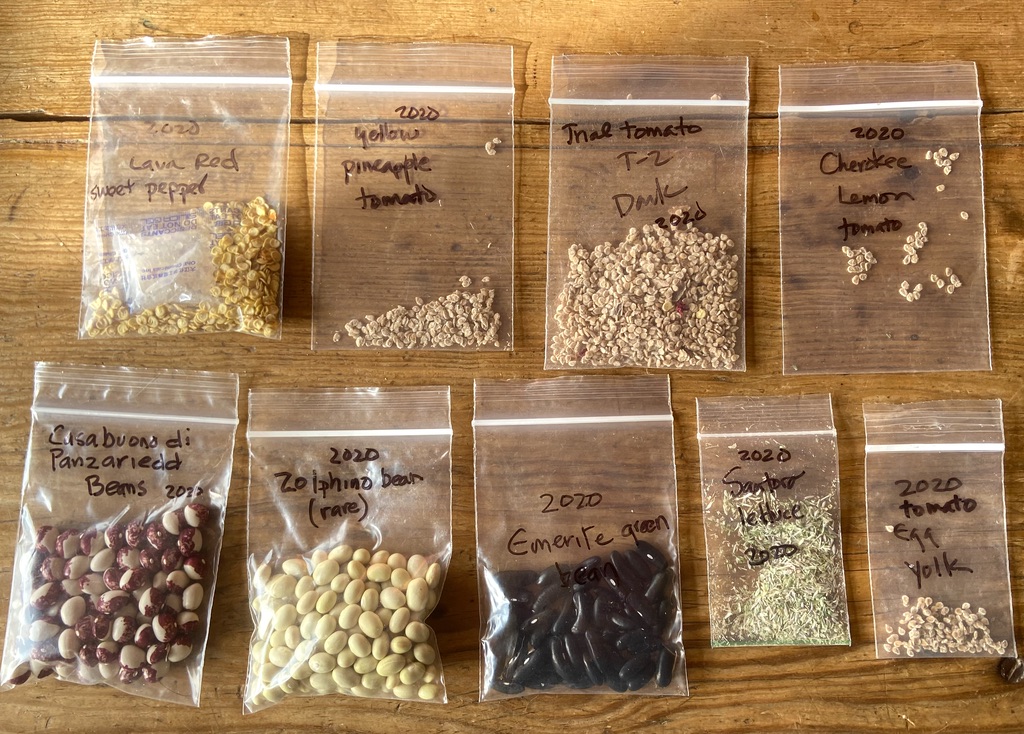
-
- Once seeds have been fully dried, they should be hard and brittle, not soft or flexible (Still soft? Dry for another week)
- Seeds should then be transferred into storage bags. These can be paper envelopes or little plastic Ziplock’s.
- Label seeds with type, variety, date collected, and any other notes you would like to make. (good flavor, high yields, large fruit, etc.)
- Once inside bags, seeds can be stored at room temperature for a few years (exact time depends on particular conditions and seed type)
- For long term storage, seeds can be frozen in dry and airtight containers.
- Frozen seeds last nearly indefinitely if you keep them frozen and dry.
- An international seed bank exists in Norway that uses the cold temperatures to preserve seed varieties from around the world
- Frozen seeds last nearly indefinitely if you keep them frozen and dry.
That’s it! Saving seeds is really that simple. The next and final blog post in this series will be discussing wrapping up the season in preparation for winter.

![Elite Gourmet 5 Tier Food Dehydrator [EFD319] – Shop Elite Gourmet - Small Kitchen Appliances](https://cdn.shopify.com/s/files/1/0421/1235/2414/products/efd319_main_1024x1024.jpg?v=1605028222)

/home-canning-preserving-pickling-food-stored-on-wooden-storage-shelves-185065365-582871743df78c6f6a4a0f8a.jpg)
